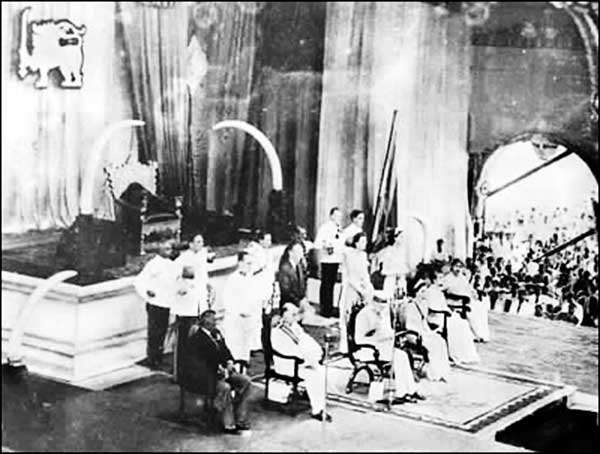Reply To:
Name - Reply Comment
Last Updated : 2024-04-18 14:37:00
 Sri Lanka will celebrate its sixty-fifth Anniversary of independence from the United Kingdom this Monday. The country then known as Ceylon obtained full freedom from the British on February 4th 1948.Completing 65 years is significant as it is the age denoting “Seniority” in most Western nations. By that yardstick Sri Lanka becomes a senior nation on independence day.
Sri Lanka will celebrate its sixty-fifth Anniversary of independence from the United Kingdom this Monday. The country then known as Ceylon obtained full freedom from the British on February 4th 1948.Completing 65 years is significant as it is the age denoting “Seniority” in most Western nations. By that yardstick Sri Lanka becomes a senior nation on independence day.
.jpg)

Add comment
Comments will be edited (grammar, spelling and slang) and authorized at the discretion of Daily Mirror online. The website also has the right not to publish selected comments.
Reply To:
Name - Reply Comment
On March 26, a couple arriving from Thailand was arrested with 88 live animal
According to villagers from Naula-Moragolla out of 105 families 80 can afford
Is the situation in Sri Lanka so grim that locals harbour hope that they coul
A recent post on social media revealed that three purple-faced langurs near t

10 Apr 2024
09 Apr 2024